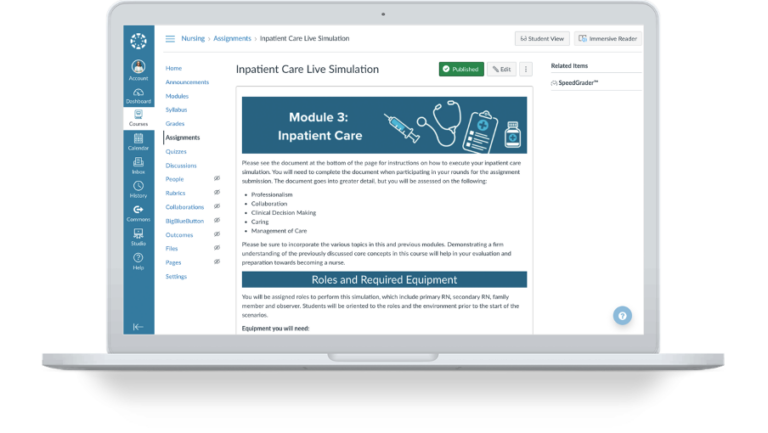Can Turnitin Detect White Text?
Turnitin has become a cornerstone in the academic world, serving as a powerful tool to combat plagiarism. As students navigate the demands of academic writing, questions may arise regarding the capabilities of Turnitin, especially when it comes to subtle techniques such as using white text.
In this article, we delve into the intricacies of Turnitin’s AI detecting features, exploring whether it can identify hidden or white text and highlighting some of its key features and benefits.
Is white text detectable?
While Turnitin does not explicitly target white text, it is equipped with sophisticated algorithms that analyze the content and structure of submitted documents.
The primary goal of Turnitin is to compare the submitted work with its extensive database of academic content. However, the system is designed to identify anomalies and irregularities in formatting. This means that attempts to manipulate the document, such as using white text to conceal information, may trigger the system’s detection mechanisms.
What Turnitin can identify?
Using white text on a white background is a common technique students might employ to try to hide text from plagiarism detection systems. While Turnitin may not specifically “detect” white text, it can identify unusual formatting, hidden text, or attempts to manipulate the document.
Turnitin has algorithms designed to analyze the structure and content of a document, and if it detects suspicious patterns or irregularities, it may flag the document for further review.
AI Detecting Features of Turnitin
1. Text Analysis Algorithms:
Turnitin employs advanced text analysis algorithms to examine the linguistic patterns and structures within a document. These algorithms can identify inconsistencies, irregular formatting, and other potential signs of manipulation.
2. Pattern Recognition:
The system is adept at recognizing patterns in the content, ensuring that it can detect similarities and deviations from expected norms. This includes the identification of hidden or obscured text, such as white text on a white background.
3. Document Structure Analysis:
Turnitin not only assesses the text but also analyzes the overall structure of a document. This includes checking for hidden layers, alterations, or attempts to deceive the system through unconventional formatting.
Main Features and Benefits of Turnitin
1. Extensive Database:
Turnitin boasts a vast database of academic content, including articles, essays, and research papers. This extensive repository allows the system to make comprehensive comparisons and identify potential instances of plagiarism.
2. Originality Reports:
Users receive detailed Originality Reports that highlight any matching content found within the Turnitin database. This feature aids both students and educators in assessing the originality of a submission and addressing any potential issues.
3. Educational Tool:
Turnitin serves as an educational tool by promoting awareness of proper citation practices and academic integrity. It encourages students to develop strong research and writing skills while discouraging dishonest practices.
4. Efficient Grading:
For instructors, Turnitin streamlines the grading process by providing a centralized platform for reviewing and assessing student submissions. This allows educators to focus on providing constructive feedback and fostering academic growth.
Conclusion
While Turnitin may not explicitly target white text, its advanced AI detecting features are designed to identify patterns and irregularities that may indicate attempts to deceive the system. Students are advised to approach academic work with honesty and integrity, adhering to proper citation practices.
Turnitin, with its extensive database and AI capabilities, remains a valuable tool in maintaining academic integrity and fostering a culture of originality and scholarly excellence.
Frequently Asked Questions
1. Is written text detectable by Turnitin?
Yes. If you allow AI writing for your account and resubmit previously submitted assignments to Turnitin, they can be examined for AI writing detection.
2. How can I avoid Turnitin’s notice?
Content rewriting and paraphrasing is one of the most reliable and efficient ways to get around Turnitin’s AI detection. By paraphrasing, you can prevent plagiarism concerns and maintain the originality of the information.
3. How do I make my Turnitin profile less similar?
- Discard minor sources (calculated as a proportion of words).
- Leave out the bibliography and quotes.
- Create a fresh report on similarities.





